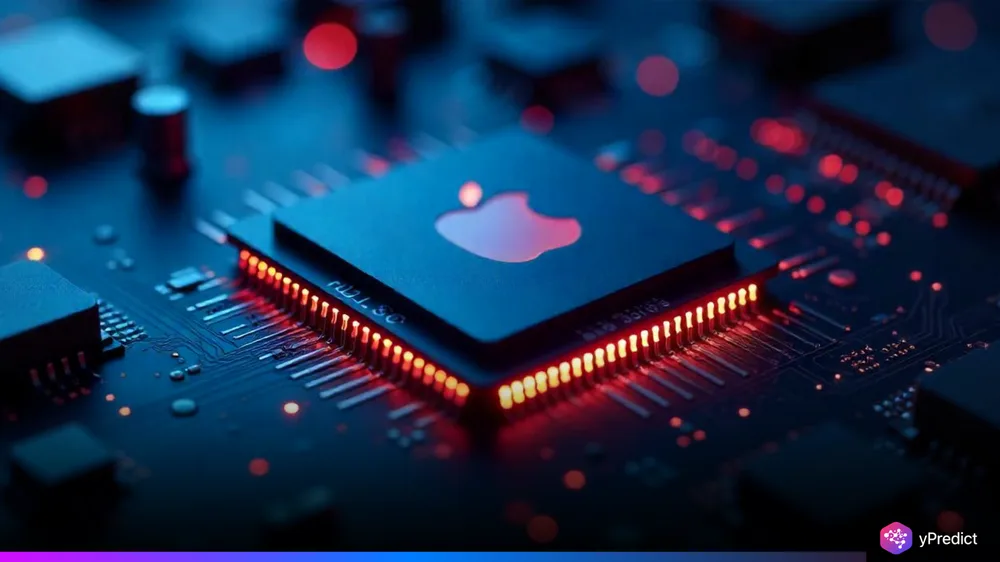
As the AI race intensifies, Apple is shifting gears moving beyond user-facing AI tools and leveraging generative AI to optimize custom chip design. The strategy, led by Apple’s hardware chief Johny Srouji, reflects a deeper transformation in how the tech giant plans to redefine silicon performance and product innovation from the inside out.
With competitors like Google, OpenAI, and Microsoft rapidly advancing AI capabilities, Apple’s focus is now on AI-driven productivity in the chip development process to ensure long-term hardware supremacy.
AI Integration: A Strategic Shift for Apple
While speaking at a conference at Imec in Belgium recently, Apple’s Johny Srouji touted the way AI-powered tools were changing the chip design workflow, empowering productivity and innovation. He mentioned Apple’s partnerships with Cadence and Synopsys as components of Apple’s ongoing integration of AI into their chip design process – with more focus placed on AI on the back end than consumer-facing features that are traditionally slow like Siri, towards that of frontend focussing on making better choices in architecture and thermal efficiency.
Apple Faces AI Innovation Criticism Amid Lagging Siri Development
Apple’s new direction comes amid growing criticism over its perceived lag in AI innovation. At the 2025 WWDC, the company introduced a new Liquid Glass interface but failed to announce compelling AI updates. Most notably, Personalized Siri’s delay has sparked both user disappointment and a shareholder lawsuit, accusing Apple of underdelivering in the AI space.
The internal shift signals that Apple acknowledges the urgency to catch up and that generative AI might offer the speed and intelligence needed to close the gap.
Apple Reportedly Eyes Perplexity to Enhance AI Search and Siri
In a parallel effort to strengthen its AI capabilities, Apple is reportedly in early talks to acquire Perplexity, an AI-powered search startup currently valued at $14 billion. While the acquisition isn’t confirmed, such a move would be Apple’s largest ever potentially boosting Siri and Safari’s AI functionalities and reducing reliance on Google Search.
Apple Silicon: Still the Crown Jewel, Now With an AI Twist
Reflecting on Apple’s journey from Intel to Apple Silicon, Srouji acknowledged the high-stakes risk that turned into a defining success. The M-series chips now stand as the gold standard for thermal efficiency and integrated design.
Now, Apple is betting on generative AI to bring the next leap in silicon design faster iterations, smarter architecture, and enhanced performance, all while cutting down on manual effort and time to market.
Conclusion
The success of this strategy will depend on how soon Apple is able to implement backend AI innovations into real-life product benefits. This means faster iPhones, more battery-per-charge, and smarter MacBook. AI-optimized silicon could be Apple’s secret ingredient in the next phase of AI-first computing.






